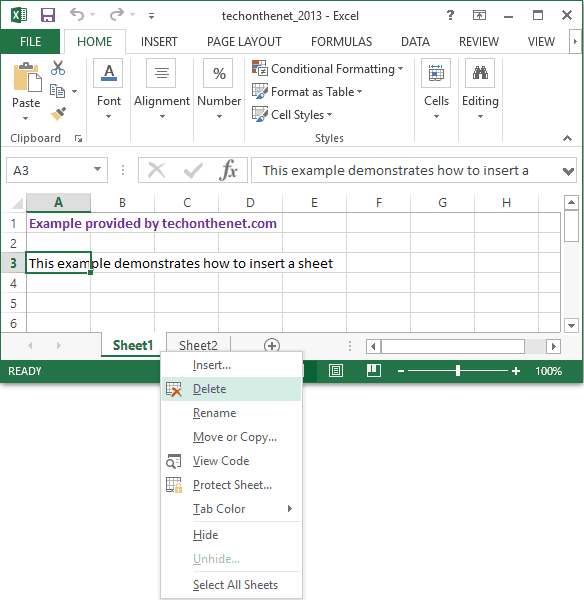3 Ways to Remove Workbooks in Excel Sheets

If you're working with Microsoft Excel, you've likely encountered situations where you need to manage multiple workbooks within your spreadsheet. Sometimes, you might find the need to remove workbooks from Excel sheets to streamline your work or to reduce clutter. Here are three ways to remove workbooks, ensuring your Excel experience is as efficient as possible.
Method 1: Using the Workbook Management Tool

Excel has built-in features to manage workbooks, making it easier to add or remove them:
- Open Excel: Start Excel and open the file containing multiple workbooks.
- Click on File: Navigate to the “File” menu at the top left corner.
- Select Info: On the left side, choose “Info.”
- Manage Workbooks: Click on “Manage Workbook” and then select “Manage Workbook” from the dropdown menu.
- Remove Workbook: In the window that opens, you will see a list of workbooks. Here, select the workbook you wish to remove and hit the “Remove” button.
Method 2: Direct Deletion through the Excel Interface

This method involves navigating through the interface to delete workbooks:
- Open Workbook: Ensure the workbook you want to remove is open.
- Select Tab: Click on the workbook tab at the bottom of your Excel window.
- Right-click: Right-click on the tab of the workbook you want to delete.
- Delete: Choose “Delete” from the context menu that appears.
Method 3: Using VBA Macros for Bulk Deletion

For those comfortable with Excel’s programming side, VBA (Visual Basic for Applications) can streamline the process:
- Open VBA: Press “Alt + F11” to open the VBA editor.
- Insert Module: Go to “Insert” and then “Module.”
- Paste Code: Copy and paste the following code into the new module:
Sub RemoveSpecificWorkbook() Dim wb As Workbook For Each wb In Workbooks If wb.Name = “Your Workbook Name Here” Then Application.DisplayAlerts = False wb.Close SaveChanges:=False Exit For End If Next wb Application.DisplayAlerts = True End Sub - Adjust: Replace “Your Workbook Name Here” with the actual name of the workbook you wish to remove.
- Run Macro: Press “F5” to run the macro.
📝 Note: This method can be dangerous if not used correctly as it will close the workbook without saving changes. Be sure you have backed up or don't need the data in the workbook you're deleting.
All these methods provide effective ways to remove workbooks in Excel sheets, allowing you to manage your spreadsheets with ease. Whether you're a beginner using the intuitive interface or an advanced user leveraging VBA macros, Excel offers tools for all levels to maintain a clean and efficient working environment.
Wrapping up, these approaches to removing workbooks highlight Excel's flexibility and user-friendliness. From the straightforward interface to the power of VBA for bulk actions, you can now better organize your spreadsheet activities, enhancing both productivity and clarity within your Excel sheets.
What happens to the data when I remove a workbook?

+
Removing a workbook will permanently delete all the data in that workbook. If you do not save changes before deleting, all unsaved changes will be lost. It’s recommended to back up any important data before deletion.
Can I recover a workbook after accidentally deleting it?

+
If you’ve closed Excel without saving, you might recover an autosaved version through the “Recover Unsaved Workbooks” feature. However, if you’ve saved and then deleted the workbook, the data is generally lost unless you have backups or use data recovery software.
Is there a way to remove multiple workbooks at once?

+
Using VBA macros, as explained in Method 3, you can modify the code to remove multiple workbooks at once by iterating through all open workbooks and closing those that meet specific criteria.



